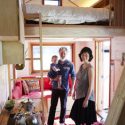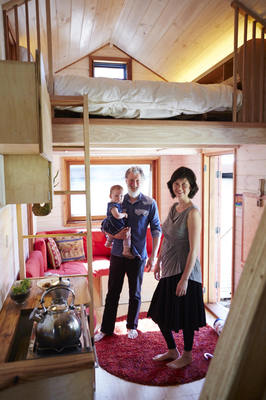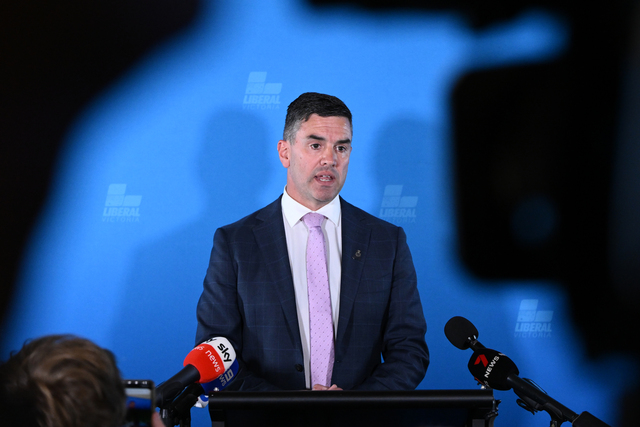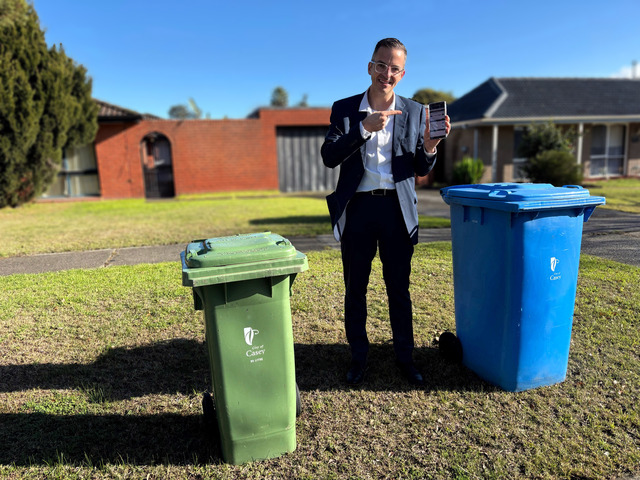By Cam Lucadou-Wells
Coming at a small fraction of the cost of a traditional Melbourne home, are Tiny Houses the solution to unaffordable homes?
Casey Council is investigating how the “Tiny House revolution” of small, portable homes that could be carried on trailers and parked in backyards can be incorporated into Victoria and Casey’s planning regulations.
Fred Schultz, of Castlemaine-based Fred’s Tiny Houses, says his two-storey corrugated-steel homes with solid timber interiors aren’t for everyone.
It requires an austere lifestyle, including living “off the grid” with solar panels on the home’s roof and minimal electric appliances.
But it also helps create a better work-life balance, Mr Schultz said.
“It’s about not having a huge mortgage, not having to work so hard to afford a house.”
His 7-metre homes – though some are as short as four metres – cost $120,000 for an off-the-grid version.
But “shells” in which buyers can have their electrics installed could cost as low as $30,000, Mr Schultz said.
“Some are just basically a bedroom that can be parked close to other services, such as a bathroom in a main house.
“They’re probably for a single person or a couple that gets along well.”
Mr Schultz first moved into a Tiny House after turning 50 and realising he was never going to afford the “dream” house.
“I believed my parents when they said if you work hard, you can have whatever you want.
“But I found it wasn’t the case.”
Cr Amanda Stapledon, who raised the council motion on 7 February, said Tiny Houses in medium-to-high density areas could contribute to housing diversity and affordability.
She said young people entering the housing market were looking for more affordable options and leaving smaller ecological footprints.
The initiative also offered portability, reduced stamp duty costs and was an alternative to renting.
“They tick so many boxes,” Cr Stapledon said.
Cr Geoff Ablett, in welcoming the investigation, said the “unique proposition” worked well in parts of Gippsland and offered an alternative to the housing developers’ estate model.
Cr Steve Beardon, who opposed the motion, said he didn’t want “design suburbs of trailer-park living”.
“The government needs to invest in quality affordable housing at subsidised rental, close to activity centres, hospitals and schools.
“Tiny homes are a solution for our homeless but not a lifestyle or suburb vision I share.”









